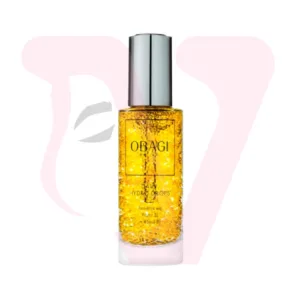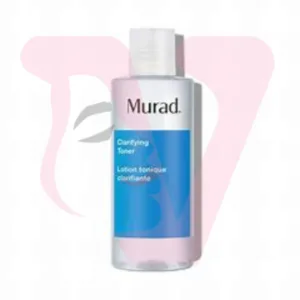news
AHA and BHA: The Dynamic Duo of Chemical Exfoliation
While the physical scrubs of the past dominated the exfoliation market, the skincare world has now embraced the power of chemical exfoliants, specifically Alpha Hydroxy Acids (AHAs) and Beta Hydroxy Acids (BHAs). These gentle yet highly effective acids work by dissolving the bonds between dead skin cells, rather than scrubbing them away, leading to a smoother, brighter, and more even complexion.
Understanding the difference between AHAs and BHAs is crucial for choosing the right product to address your specific skin concerns. This comprehensive guide will break down the science of each acid, explain their unique benefits, and provide a clear roadmap for how to incorporate them into your routine to achieve flawless, radiant skin.

AHA: The Surface-Level Skin Smoother
Alpha Hydroxy Acids are water-soluble acids derived from natural sources such as fruits and milk. They work on the surface of the skin, making them ideal for improving skin texture and tone.
- How They Work: AHAs break down the “glue” that holds dead skin cells together on the top layer of the skin. This process allows the dead cells to shed, revealing the fresher, brighter skin underneath.
- Best for: Dry, mature, and sun-damaged skin. Because they are water-soluble, they do not penetrate the oil in your pores. They are excellent for addressing fine lines, uneven texture, and hyperpigmentation.
- Common Types of AHA:
- Glycolic Acid: Derived from sugarcane, this is the smallest AHA molecule. Its small size allows it to penetrate the deepest, making it the most effective for anti-aging and brightening.
- Lactic Acid: Derived from milk, it has a larger molecule size, making it gentler and more hydrating than Glycolic Acid. It is ideal for sensitive or dry skin.
- Mandelic Acid: Derived from bitter almonds, it has the largest molecule size, making it the gentlest AHA. It also has antibacterial properties, making it a good option for those with acne.
BHA: The Pore-Deep Cleanser
Beta Hydroxy Acid, primarily Salicylic Acid, is an oil-soluble acid. This unique property allows it to penetrate deep into the pores, where it can dissolve oil and dead skin cell buildup.
- How It Works: BHA goes past the skin’s surface and into the pore lining, effectively unclogging pores from the inside out. This makes it a powerhouse for treating and preventing breakouts.
- Best for: Oily, acne-prone, and combination skin. If you struggle with blackheads, whiteheads, or congestion, BHA is your best friend. It also has anti-inflammatory properties that can help calm redness.
- Common Type of BHA:
- Salicylic Acid: Found in willow bark, it is a key ingredient in many acne treatments. Its ability to penetrate pores and dissolve sebum makes it incredibly effective for clearing breakouts and preventing future ones.

Combining AHAs and BHAs: A Strategic Approach
It is possible to use both AHAs and BHAs in your routine, but caution is advised to avoid over-exfoliation.
- Separate Use: The safest method is to alternate them. For example, use an AHA product one night and a BHA product the next, or use AHA in the morning and BHA at night (always followed by sunscreen).
- Combined Products: Some products contain a mix of both AHAs and BHAs. These are formulated to provide both surface and pore exfoliation, but they may be too strong for sensitive skin.
Important Rules for Using Chemical Exfoliants
- Patch Test First: Always perform a patch test on a small, discreet area of your skin before applying it to your entire face.
- Start Slowly: Begin with a low concentration and use it once or twice a week. Gradually increase the frequency as your skin builds tolerance.
- Moisturize: After applying an acid, follow up with a calming and hydrating moisturizer to soothe the skin and restore its barrier.
- Sun Protection is Mandatory: Chemical exfoliants make your skin more sensitive to the sun. Daily use of a broad-spectrum SPF 30+ sunscreen is absolutely essential to prevent sun damage and hyperpigmentation.

Conclusion: A Foundational Step for Radiant Skin
AHAs and BHAs are not just trendy ingredients; they are foundational tools for achieving a healthy, glowing complexion. By understanding the unique benefits of each acid and using them correctly, you can effectively address a wide range of concerns from acne and congestion to uneven texture and fine lines.

